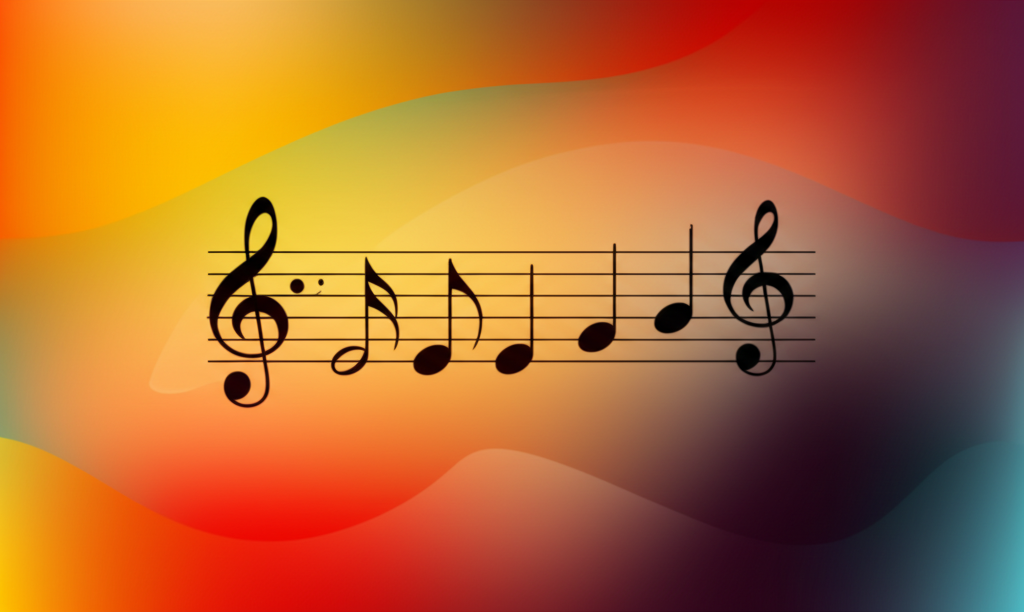
The Hendrix Chord - Exploring the Dominant 7#9

b4n1
May 17, 2025, 4:26 p.m.
The Hendrix Chord - Exploring the Dominant 7#9
Summary:
The Hendrix chord, technically known as a dominant 7#9, is a distinctive altered dominant chord that gained prominence through Jimi Hendrix's innovative guitar work. This unique sound has become a staple in rock, blues, and fusion music.
Keywords:
Hendrix chord, dominant 7#9, altered dominant, rock harmony, blues guitar, extended chords
Introduction:
The dominant 7#9 chord, famously associated with Jimi Hendrix, combines the tension of a dominant seventh chord with an augmented ninth, creating a distinctively sharp and expressive sound that revolutionized rock and blues guitar playing.
Definition and Structure:
The Hendrix chord consists of: - Root - Major third - Perfect fifth - Minor seventh - Augmented ninth (#9) For example, an E7#9 contains: E (root), G# (third), B (fifth), D (minor seventh), and G (augmented ninth)
Examples:
Example in ABC Notation:
Here's the Hendrix chord in different contexts:
Famous Uses:
The chord appears in many iconic songs: - "Purple Haze" by Jimi Hendrix - "Foxy Lady" by Jimi Hendrix - "Green Earrings" by Steely Dan - "Fire" by Jimi Hendrix - Modern uses in fusion and progressive rock
Guitar Voicings:
The most common guitar voicing (E7#9): - E (open 6th string) - G# (1st fret, 6th string) - D (2nd fret, 5th string) - G (1st fret, 3rd string) - B (2nd fret, 2nd string) This compact voicing made the chord particularly suitable for guitar.
Theory Behind the Sound:
The distinctive tension in the Hendrix chord comes from: - The dominant seventh structure providing harmonic drive - The augmented ninth creating a sharp dissonance - The simultaneous major third and augmented ninth (enharmonically minor third) - The resulting blues scale implications
Musical Context:
The chord works especially well in: - Blues-rock progressions - Funk and R&B - Jazz fusion passages - As a substitute for regular dominant chords - Creating tension before resolution
Fun Facts:
- Hendrix didn't invent this chord, but he popularized it so much it became associated with him - The chord contains both major and minor third intervals relative to the root - Jazz musicians often used this sound before Hendrix, but in different contexts - The chord is essentially a dominant blues scale condensed into a single harmony
Conclusions:
The Hendrix chord represents a perfect fusion of blues feeling and harmonic sophistication. Its distinctive sound has influenced generations of musicians and continues to be a powerful tool for creating tension and expression in modern music.
References:
Shapiro, H. & Glebbeek, C. (1995). Jimi Hendrix: Electric Gypsy. St. Martin's Press.
van der Bliek, R. (2007). The Hendrix Chord: Blues, Flexible Pitch Relationships, and Self-standing Harmony. Popular Music, 26(2), 343-364.
Everett, W. (2004). Making Sense of Rock's Tonal Systems. Music Theory Online, 10(4).









